Hopscotch Game Coding App For Kids
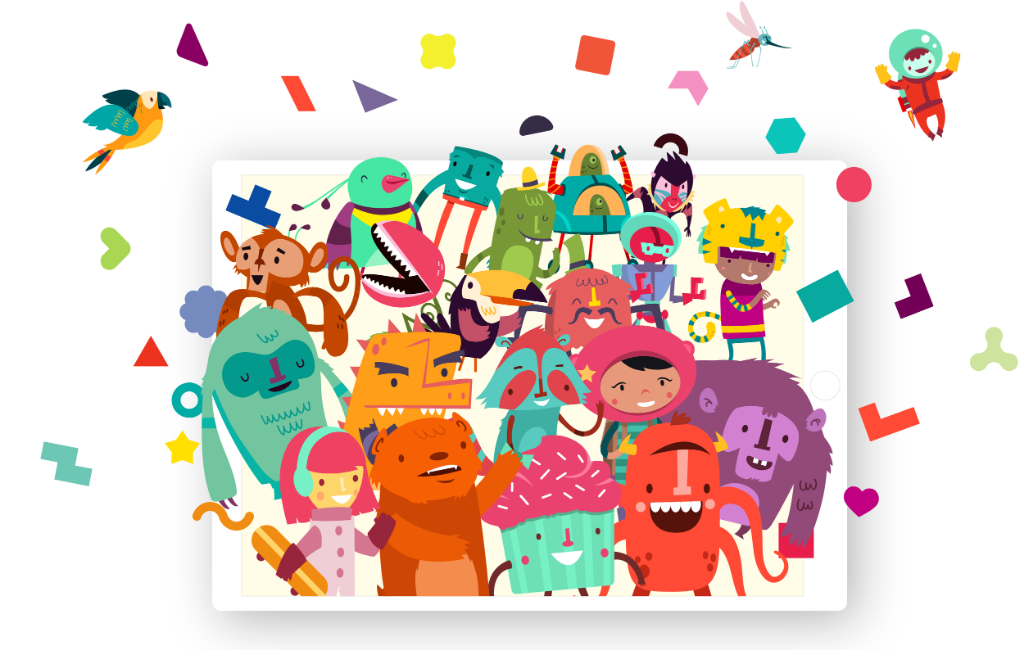

DEAL
EPISODE SUMMARY
🕓 Air Date: February 26, 2021
Asking For:
$400,000 for 4%
Investor:
Mark Cuban
Deal:
$550,000 for 11%
PRODUCT SUMMARY
Hopscotch is a kid-friendly programming language and app that allows young entrepreneurs to create games and learn coding skills while turning their creations into real currency.
WATCH HERE
IN A RUSH?
Click these to jump to the section you want to read.
Background Story
Hopscotch, founded by Samantha John, is a Brooklyn-based educational tech company with a mission to make coding accessible and engaging for kids. Samantha’s journey into the world of programming and entrepreneurship is at the heart of Hopscotch’s story. Samantha’s background was not rooted in technology initially. Growing up in Brooklyn, she didn’t see herself as someone who would pursue coding or computer science.
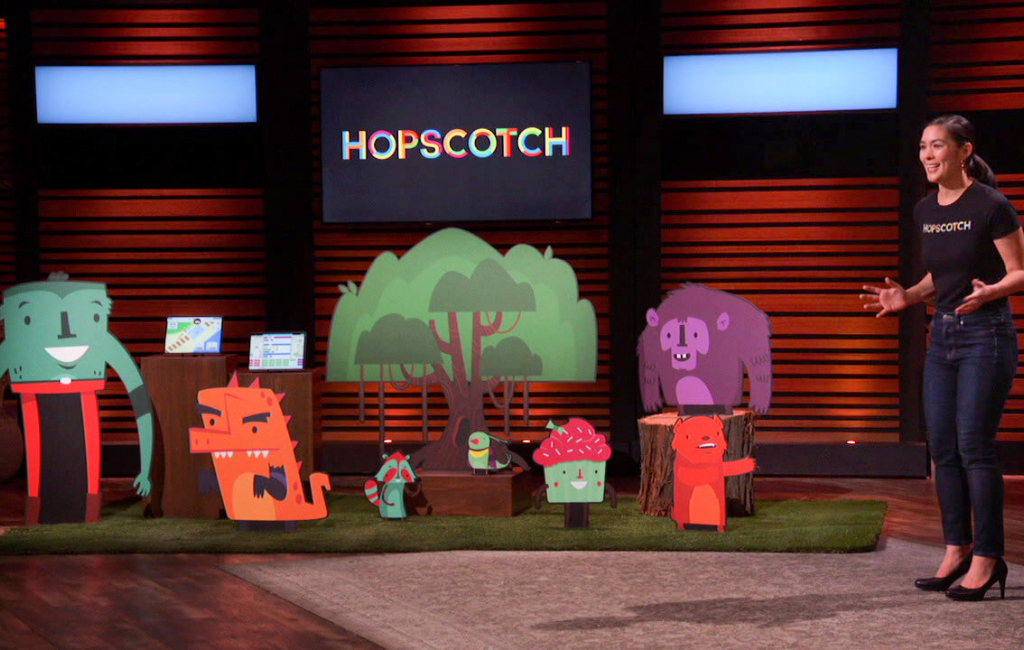
She had the perception that these fields were primarily for boys. However, her perspective changed during her senior year of college when she enrolled in her first computer science class. This pivotal moment ignited her passion for coding and technology. She discovered that programming was not only empowering but also incredibly creative. Motivated by this newfound enthusiasm, Samantha embarked on a mission to make coding accessible to kids and young learners.
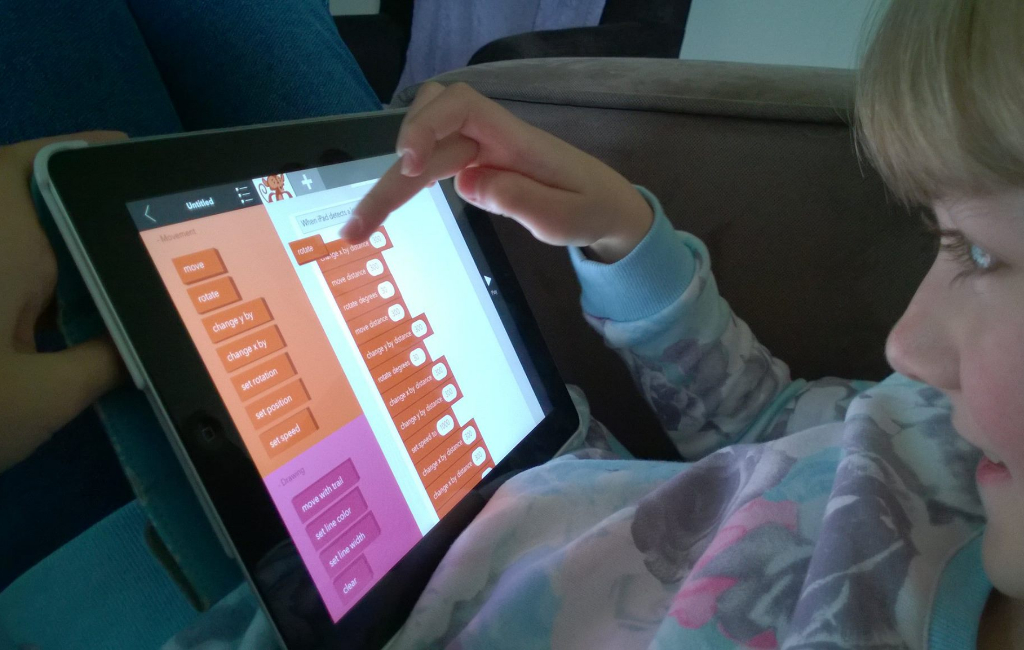
In 2012, she launched Hopscotch, an app and programming language designed specifically for children. Her vision was to create a platform where young learners could have fun while learning valuable coding skills. The app allowed kids to create their own games and interactive projects using a user-friendly programming language.
Hopscotch quickly gained traction, amassing 20,000 downloads in its very first week and garnering substantial media attention. Samantha’s background experience in computer science, combined with her dedication to providing a creative and educational outlet for young minds, laid the foundation for Hopscotch’s success.

The Product
Hopscotch is an educational app that empowers young users to learn coding and entrepreneurship while having fun. It offers a user-friendly programming language that kids can use to create their own games and interactive projects. The platform allows these young entrepreneurs to build and run their businesses directly from their mobile devices.
The app’s features include game creation tools, a coding editor with cool characters, and a currency system that users can purchase from the App Store. With this currency, they can engage with and enhance other kids’ games within the platform, fostering a supportive community of young creators.
Hopscotch is compatible with lower-end iPhones, ensuring accessibility to a wide range of users. It offers a subscription model, priced at $8 per month or $80 per year, which enables users to access premium features and support the platform’s sustainability.
The benefits of Hopscotch extend beyond game creation; users also acquire valuable coding skills that will serve them in future endeavors, including college classes and potential careers in technology.
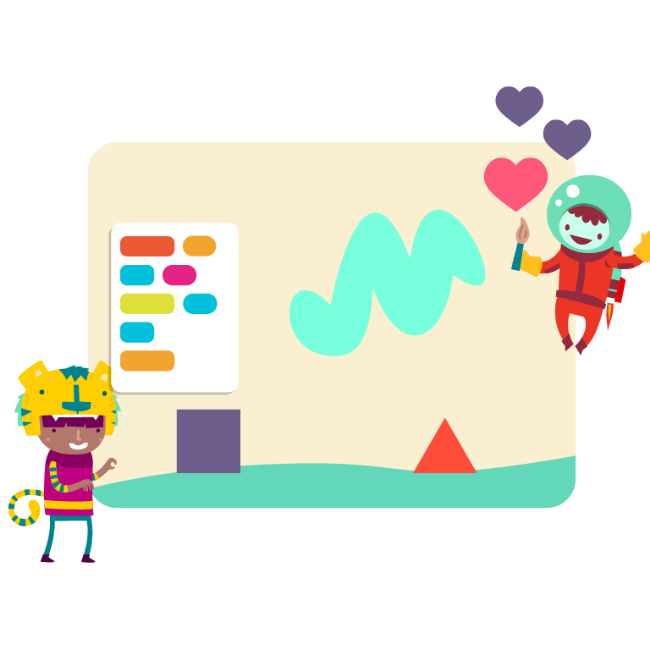
How It Went
The company’s position before Shark Tank
Hopscotch initially gained widespread recognition and downloads, positioning itself as a leader in the kids’ programming language market. However, challenges arose as the company struggled to establish a sustainable revenue model. They transitioned to a subscription-based model, which has made them profitable with around 6,200 subscribers.
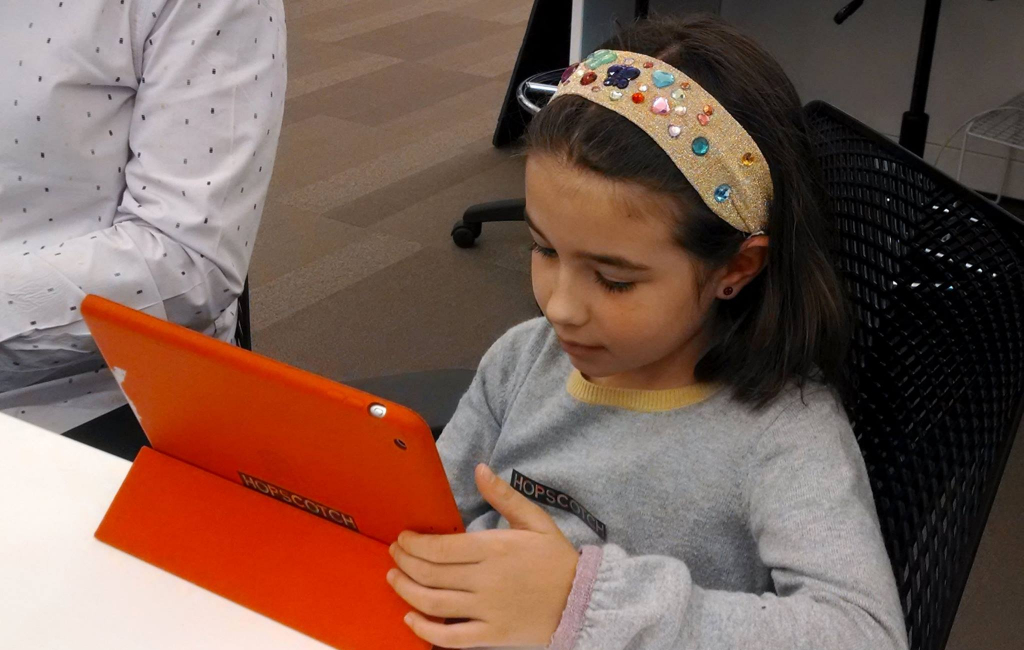
The company’s funding history includes two rounds of venture capital in 2013 and 2015, which helped it achieve growth. Currently, their revenue primarily comes from subscriptions, with approximately $35,000 in monthly revenue. Hopscotch has formed partnerships with various educational institutions and organizations interested in promoting coding and creativity among children. They have also cultivated a community of 200,000 active users per month.
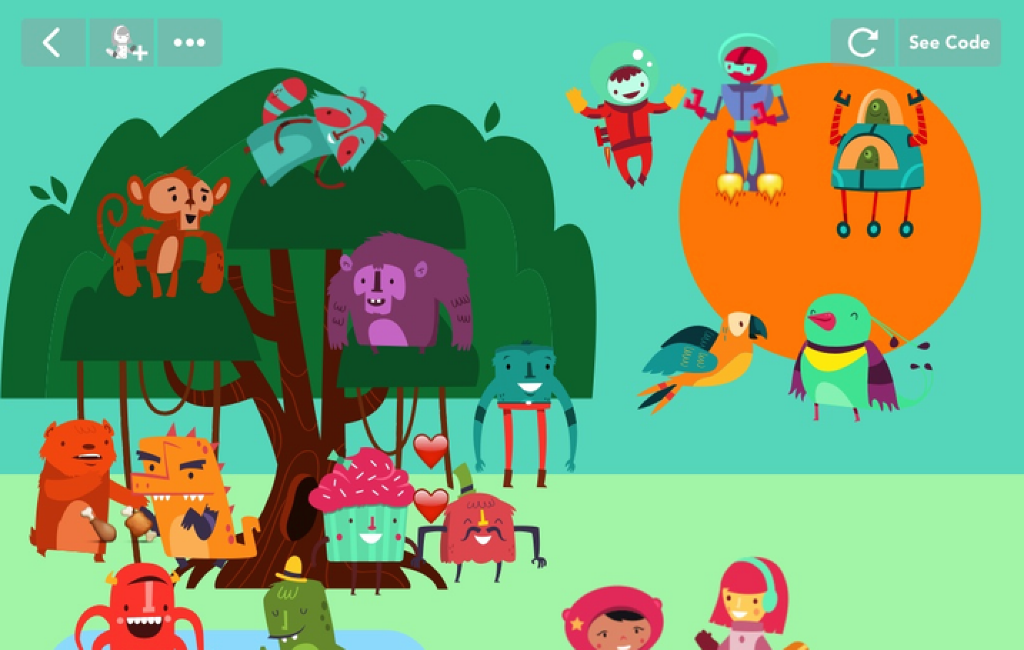
While their financial position is stable with a break-even point, Samantha sought a $400,000 investment from the Sharks to explore a new business model. She aimed to remove the subscription paywall, allowing free access while introducing a currency system for in-app purchases, potentially increasing revenue in the long term.
The Negotiations:
In the Shark Tank episode featuring Hopscotch, the negotiations were a dramatic journey, showcasing the challenges and triumphs of securing an investment for an educational tech company. Samantha John entered the Tank seeking $400,000 in exchange for a 4% equity stake in Hopscotch, an app and programming language aimed at teaching kids coding skills while having fun.
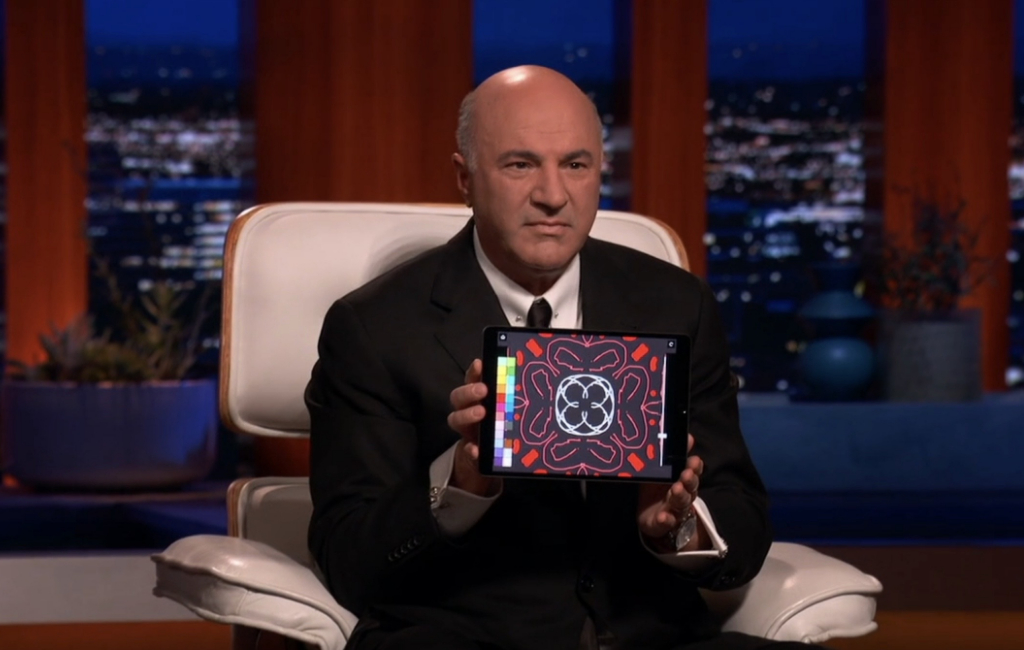
Mark Cuban was the first to make an offer, expressing his deep appreciation for Samantha’s work and the impact Hopscotch had on his own children. He offered the requested $400,000 investment but for a substantial 16% equity share. While Mark’s offer demonstrated his commitment to the educational mission of Hopscotch, Samantha felt the equity percentage was too high.
Samantha countered with a proposal of $550,000 for an 11% equity stake, effectively increasing the investment amount and reducing the equity share. Her willingness to adjust her terms showcased her determination to secure the investment needed to transform Hopscotch’s business model. After some deliberation, Mark Cuban accepted Samantha’s counteroffer, marking a significant turning point in the negotiations.
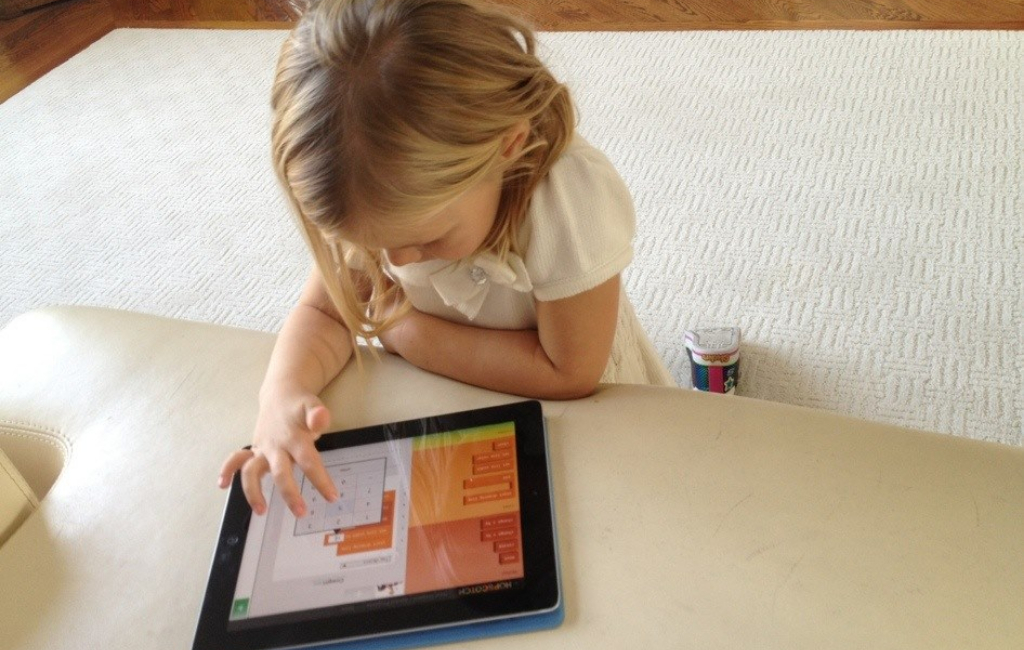
The deal was sealed at $550,000 for 11% equity. Samantha expressed her excitement about having Mark as an investor, and the other Sharks congratulated her on her successful negotiation. The negotiation process exemplified the delicate balance between valuation and equity, with Samantha’s passion for Hopscotch’s mission and Mark Cuban’s interest in education playing pivotal roles.







